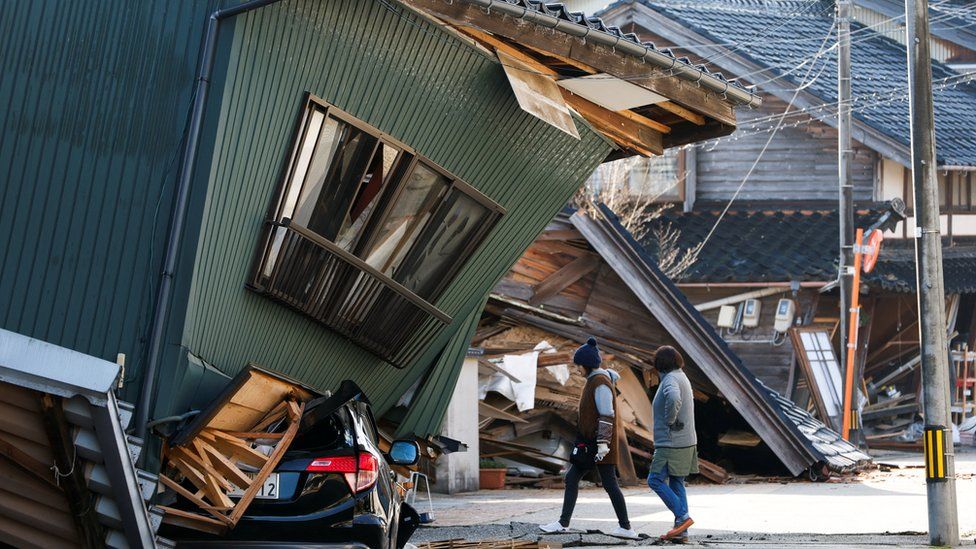-

-
-
Loading

Loading

It has been almost 13 years since the devastating earthquake and tsunami that caused a nuclear plant accident in Fukushima, Japan. On Monday, memories of that day resurfaced as another earthquake struck Ishikawa and tsunami alarms sounded. While earthquake warnings are common in Japan, this event brought back fears and uncertainties for many people. Japan experiences frequent earthquakes, and although people become accustomed to them to some extent, the constant worry about when the next major earthquake will occur and whether buildings are safe lingers in the back of their minds. On March 11, 2011, those fears became a reality for this generation. The earth shook for two minutes in a way that no one had experienced before. Shortly after, tsunamis devastated the country's northeast coast, with towns and villages being swept away for hundreds of kilometers. The Fukushima nuclear power plant also faced a crisis, forcing hundreds of thousands of people to evacuate their homes. The impact of that day left a deep collective trauma on the country. People began to take precautions, like searching for safe places to live, hoarding food and water, and obsessing over building structures and geological maps. Despite the recent earthquake in Ishikawa, Japan's success in handling such natural disasters is evident. Rather than reporting earthquakes by magnitude, Japan measures the intensity of ground shaking on a scale from 1 to 7. The recent earthquake reached the maximum intensity, causing widespread destruction of roads and bridges and triggering landslides. However, most buildings remained intact. In cities like Toyama and Kanazawa, life is slowly returning to normal. People have been able to overcome their initial fear and return home safely. Japan's ability to withstand earthquakes is a result of its long history of learning from past disasters and implementing strict building codes. After the Great Kanto Quake in 1923, the country introduced its first quake-resistant building code, which required reinforced steel and concrete in new structures. Over the years, regulations have been updated and buildings have been equipped with seismic isolation measures. The success of these measures was evident during the 2011 earthquake, where Tokyo experienced strong shaking but the majority of buildings remained standing. The main cause of widespread casualties during that event was the resulting tsunami rather than the earthquake itself. While some buildings have collapsed and casualties have been reported in Ishikawa, it is remarkable how Japan has managed to endure such a powerful earthquake with relatively minimal damage. It is difficult to imagine any other country facing a similar disaster without suffering much worse consequences.